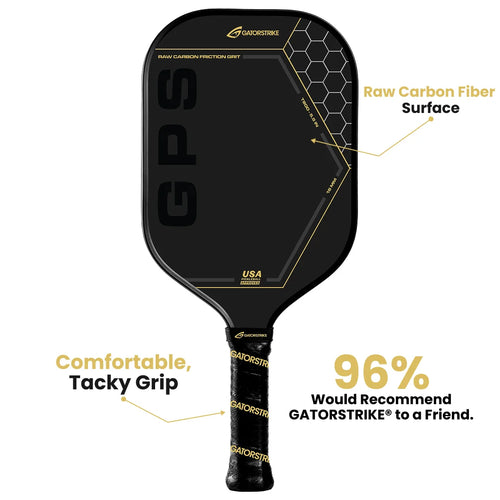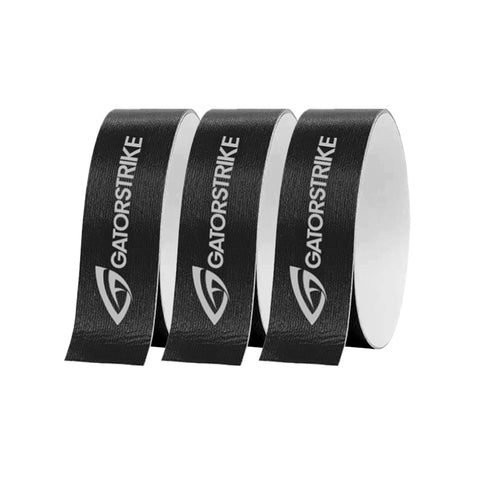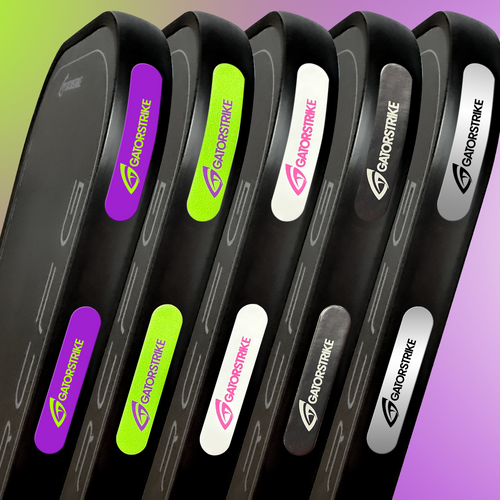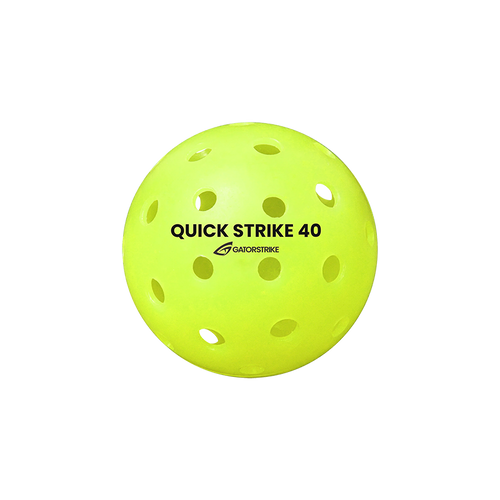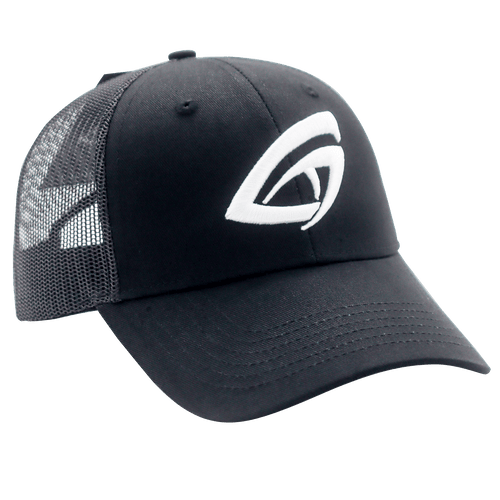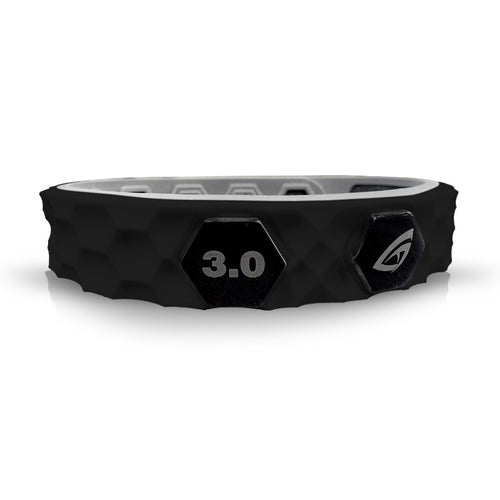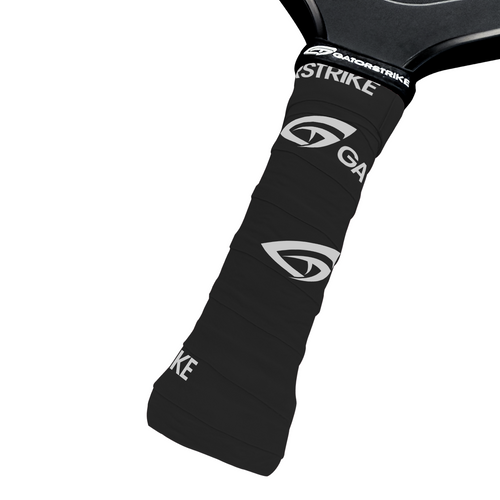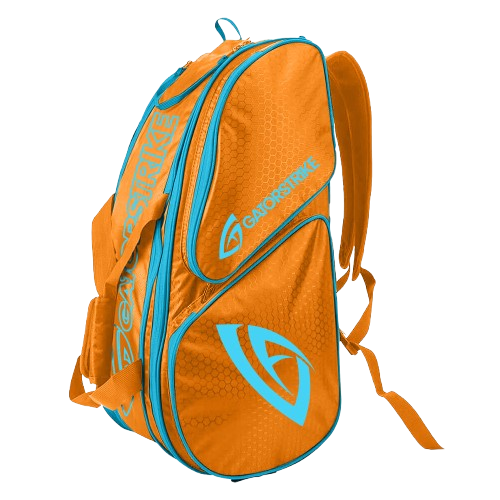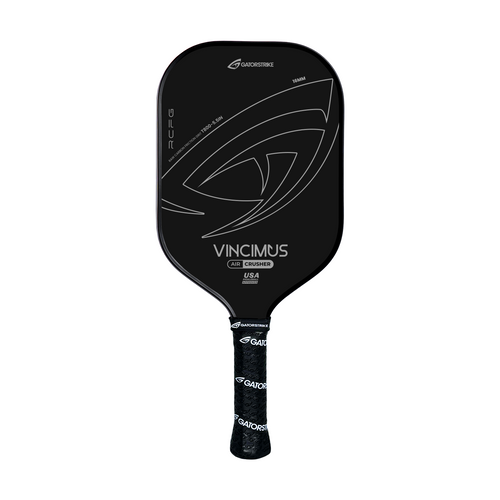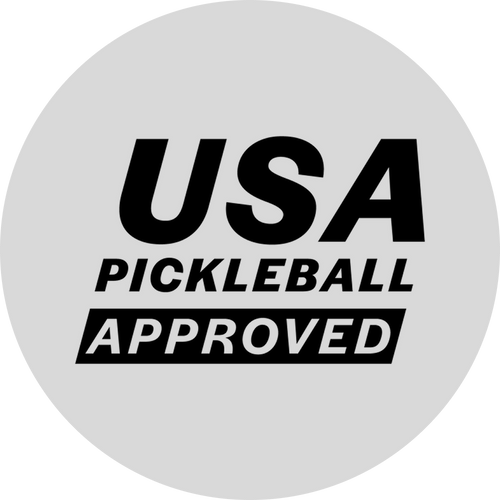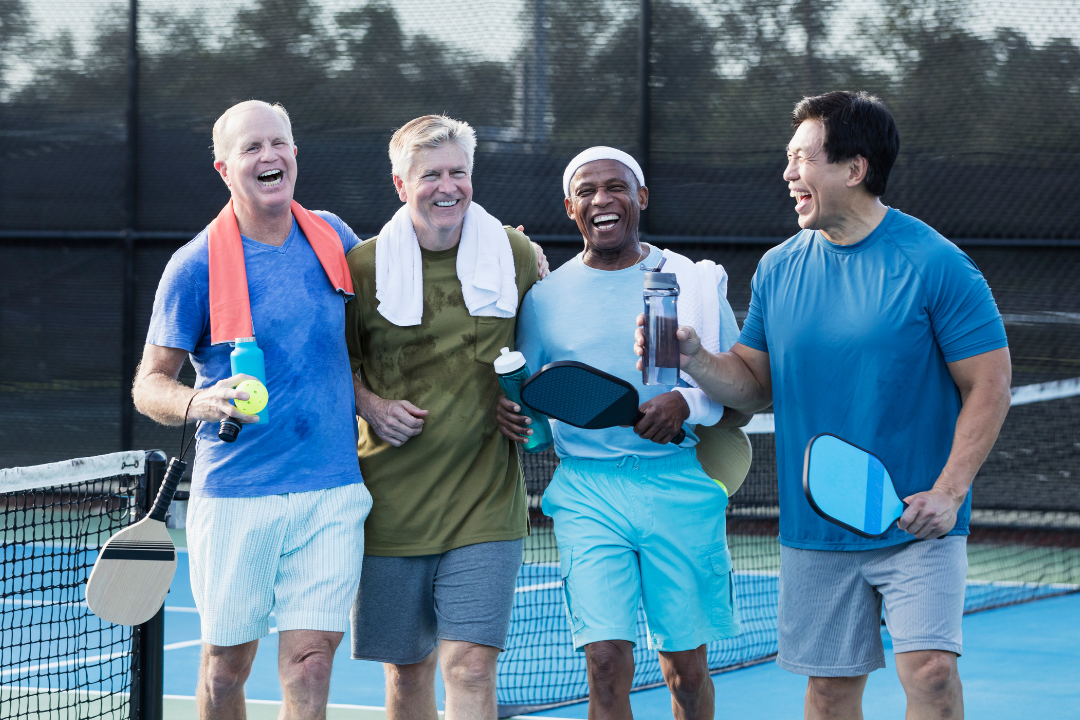
Preparing for the Outdoor Season: Transitioning Your Pickleball Game
Share
As the sun begins to shine brighter and the days grow longer, pickleball enthusiasts are drawn to outdoor courts like moths to a flame. Transitioning from indoor play to outdoor play, however, isn’t as simple as packing up your paddle and heading to the nearest court. The outdoor environment brings unique challenges—wind, sun, surface variations, and even new opponents—all of which require thoughtful preparation.
In this guide, we’ll explore strategies to help you seamlessly transition your pickleball game from indoors to outdoors, ensuring you’re ready to conquer the court under the open sky.
1. Understanding the Environmental Factors
Wind: The Invisible Opponent
Outdoor play introduces wind as a wildcard. A gentle breeze can nudge your ball off-course, while strong gusts demand significant adjustments to your strategy.
- Practice in Windy Conditions: Spend time playing in varying wind conditions to build familiarity.
- Master Controlled Shots: Opt for low, flat strokes to minimize the ball’s exposure to wind.
- Adjust Positioning: When serving or returning, account for the wind’s direction to compensate for its impact.
Sunlight: Managing Glare and Shadows
The sun can be both a friend and foe, providing warmth but also creating visibility challenges.
- Invest in Polarized Sunglasses: Reduce glare without compromising clarity.
- Use the Sun Strategically: Aim lobs and overheads into the sun to challenge your opponent.
- Adjust to Shadows: Shadows can alter your perception of the ball’s speed and trajectory, so maintain focus and adapt accordingly.
2. Adapting to Outdoor Court Surfaces
Outdoor courts can vary significantly in texture and material. Concrete, asphalt, or even temporary courts on grass or sand require adaptability.
- Understand Ball Behavior: Outdoor surfaces often lead to faster, lower bounces. Practice adjusting your timing and positioning accordingly.
- Choose the Right Footwear: Opt for shoes with durable soles that provide traction on rough surfaces.
- Inspect the Court: Before play, check for debris, cracks, or uneven areas that might impact your game.
3. Switching to Outdoor Equipment
The type of ball you use outdoors is different from its indoor counterpart. Outdoor balls are harder, heavier, and feature smaller holes to resist wind.
- Familiarize Yourself with Outdoor Balls: Practice with outdoor balls to get accustomed to their faster pace and bounce.
- Evaluate Your Paddle: Heavier paddles may help with controlling the faster ball but ensure it suits your overall playstyle.
- Bring Extras: Outdoor balls wear out faster, so carry a few spares to avoid interruptions.
4. Building Endurance for Outdoor Play
The outdoor season often means longer matches under the sun. Building physical endurance ensures you remain sharp from the first serve to the final point.
- Incorporate Cardiovascular Training: Activities like running or cycling improve stamina.
- Hydrate Consistently: Dehydration affects focus and performance, so drink water before, during, and after play.
- Warm Up Thoroughly: Dynamic stretches and light jogging prepare your body for the rigors of outdoor play.
5. Mental Preparation for Outdoor Challenges
Outdoor pickleball requires a heightened mental game. The unpredictability of elements and opponents demands focus and adaptability.
- Practice Patience: Outdoor rallies may last longer, especially in windy conditions. Stay calm and wait for the right opportunity to attack.
- Embrace Adaptability: Be ready to adjust your strategy based on the environment and your opponent’s playstyle.
- Visualize Success: Mental imagery can help you stay confident, even when faced with challenging conditions.
6. Leveraging Outdoor Opportunities
Outdoor play often means larger courts, more players, and community events. Take advantage of these opportunities to broaden your skills.
- Join Outdoor Leagues: Compete in local tournaments or leagues to experience diverse playstyles.
- Practice with New Partners: Outdoor play attracts a mix of skill levels; learn from others while honing your game.
- Explore New Locations: Traveling to different courts exposes you to varying conditions, further enhancing your adaptability.
7. Key Drills for Outdoor Readiness
Wind Awareness Drill
Play practice matches in varying wind conditions, intentionally altering your shot selection to adapt. Focus on keeping the ball low and controlled.
Shadow Adjustment Drill
On sunny days, practice tracking the ball through shadows cast by trees or fencing. This enhances focus and sharpens your visual skills.
Outdoor Serve Practice
Serve repeatedly from both sides of the court, adjusting for wind and sun. Experiment with spin and placement to maximize effectiveness.
8. Conclusion: Embracing the Outdoor Advantage
Transitioning your pickleball game to the outdoor season may come with challenges, but it’s also a rewarding opportunity to elevate your skills. By understanding and preparing for environmental factors, adapting to new equipment, and refining your physical and mental game, you’ll gain a competitive edge on outdoor courts.
So, grab your paddle, head outside, and embrace the unique joys of playing under the sun. With preparation and practice, you’ll not only adjust but thrive in the outdoor season—ready to face any challenge the elements (and opponents) throw your way!
